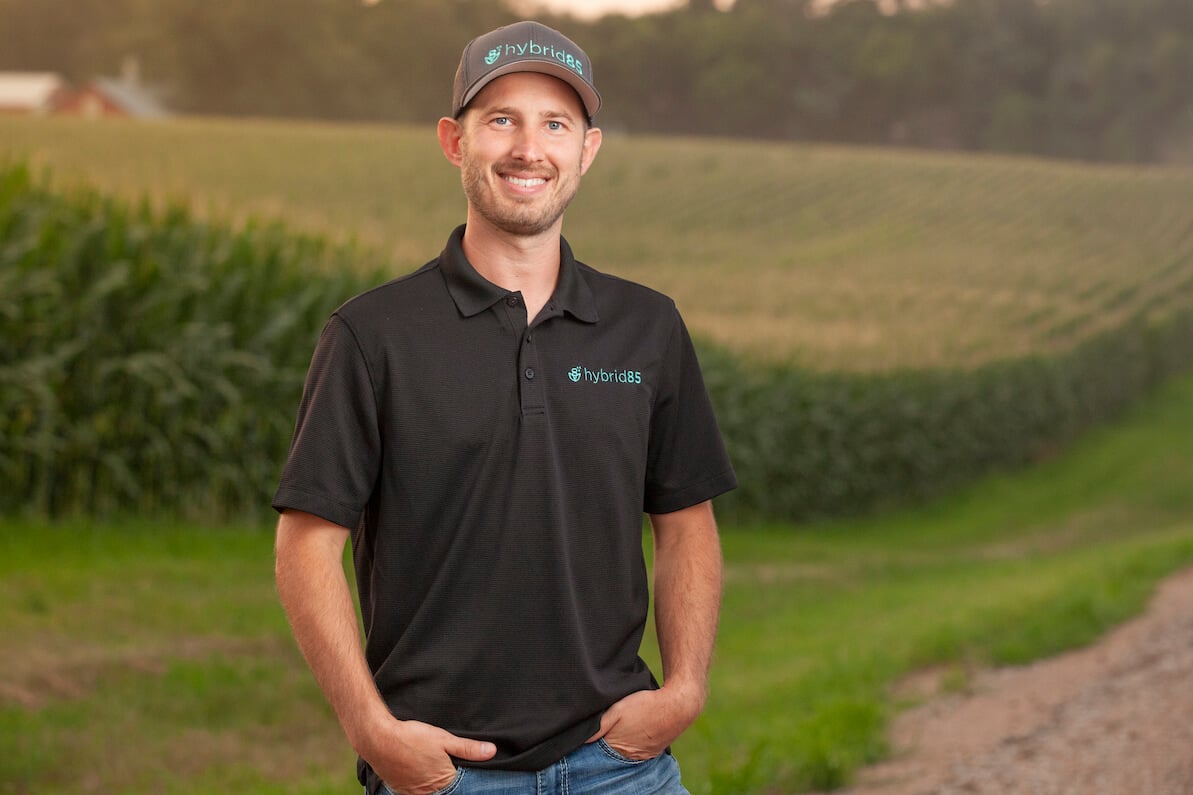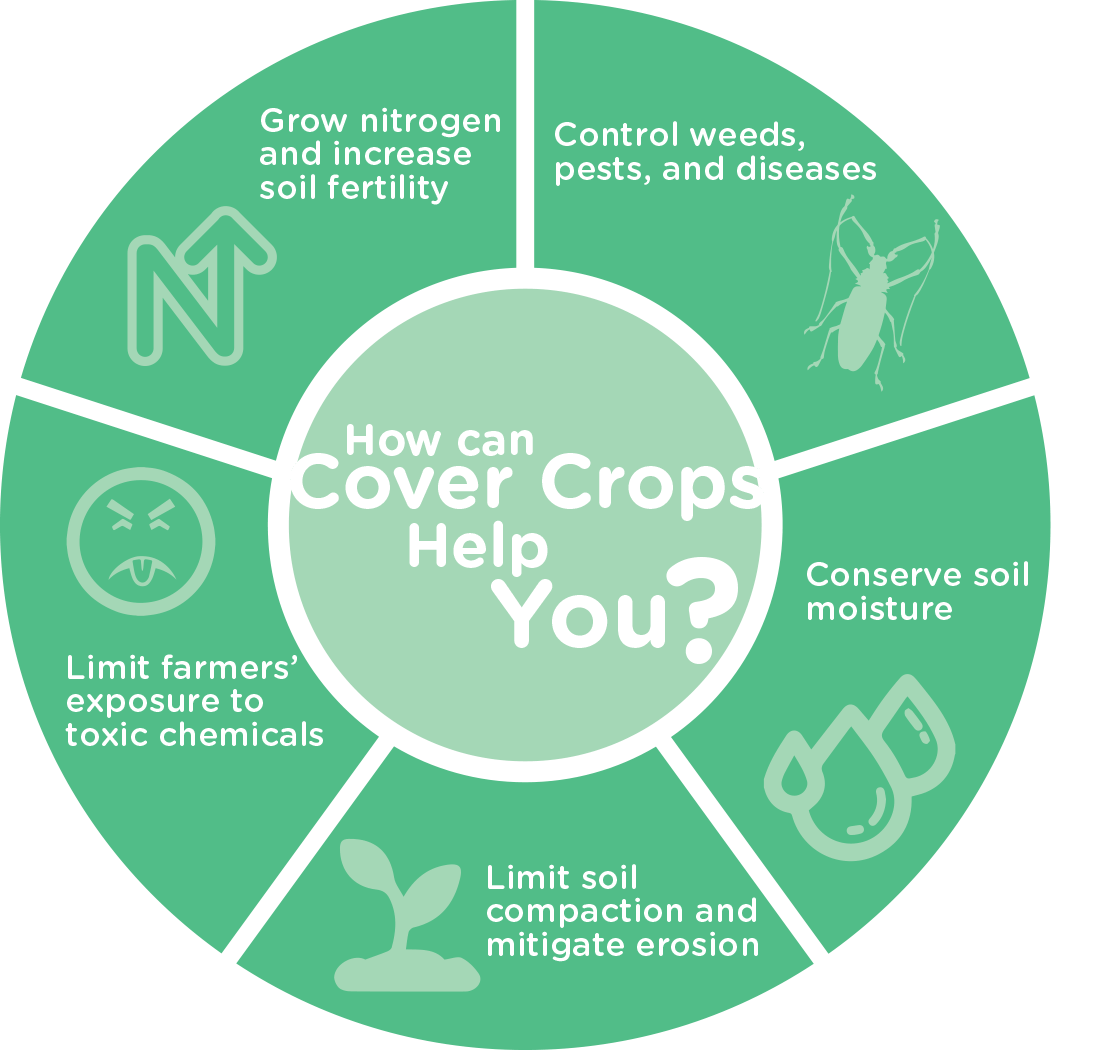5 Steps for Corn Farmers to Maximize Net Profit
The struggle is real: Use these proven tips to decrease inputs and boost your farm's margin
Commodity prices are too low, inputs are too high, and the weather is the weather. Farmers can't control much, so it's critical to truly control what they can: their farming practices.
Regenerative ag specialist Nate Belcher urges farmers to implement these simple, tried-and-true farming practices to truly take control of their destiny:
Regenerative ag specialist Nate Belcher urges farmers to implement these simple, tried-and-true farming practices to truly take control of their destiny:

Farm for Net
"A lot of money goes into convincing farmers to value maximum yield over all else. But this mentality has gotten many farmers into financial trouble," says Belcher, co-founder of Hybrid85, an independent seed company whose mission is to help farmers win by getting back to the basics: maximizing net profit per acre.
"Giving yourself a wider, more consistent margin can bring a lot of comfort to a farm family," he says.
We call it Farming for Net. Here are 5 steps to do it:
1. Know What's in Your Soil
"If you don't know what's in your soil, then you don't know what your soil needs," Belcher says. After completing a sample, farmers have found they've been wasting money.
"Many times, farmers are paying for and applying nutrients that they may not need. Nitrogen being one of the biggest overapplied culprits, " Belcher says.
He recommends spending the money upfront for an annual soil sample (roughly $2 an acre). When you know what your soil needs, you can make informed decisions about your inputs, helping you maximize your net profit per acre.

Crop consultant and regenerative ag specialist Nate Belcher
2. Give Your Plants a Blood Test
OK, there will be no blood. But conducting an in-season plant sap analysis can help you correct deficiencies before they affect yield, Belcher says.
The analysis breaks down the anatomy of your plant and tells you what's going on inside. It measures the nutrient levels in the sap and tissue to identify limiting nutrients, providing as much as a 2-4-week window to correct deficiencies before they affect yield.
"So we're no longer guessing — we're using precise analytics," Belcher says.
This proactive approach is quickly catching on as an effective, efficient tool to make precise, informed fertilizer applications. And at a rough cost between $1-2 per acre, this relatively new science can help you increase yield while reducing unnecessary input costs.
"If you're not doing your own on-farm research," Belcher says. "You're leaving a lot on the table."
3. Smother Weeds and Increase Soil Fertility the Natural Way
One of the most efficient ways to farm for net is just about as old as agriculture itself: cover crops.
"By utilizing plants to increase soil fertility and to smother weeds, you're creating a one-two punch that cuts your herbicide and fertilizer costs while increasing yield potential for your cash crops," Belcher says.
Cover crops like cereal rye, hairy vetch, radishes and legumes may not be sexy, but they bring a ton of value to farmers and their land.
Cover crops:
- grow nitrogen and increase soil fertility
- control weeds, pests and diseases
- conserve soil moisture
- mitigate soil compaction
- limit erosion, protecting water quality
- limit farmers' exposure to toxic chemicals
"People who say ‘cover crops don't pay" have never done the math," Belcher says. "Imagine what cutting inputs by 30-80% over time can do for your bottom line. That's money right off the top."
Ready to take a step to #farmfornet with Cover Crops? Check out Cover Crop Exchange, where you can buy and sell seed directly with other farmers.
4. Don't Pay for Ineffective Traits
It goes without saying that you should know what's actually in the corn you are buying. If you're paying for glyphosate-tolerant corn, "you're wasting money if it's not going to be effective killing the other plants around it," Belcher says.
Belcher says farmers should ask themselves: ‘If the traits are no longer effective on my farm for either weed or pest control, what am I paying for in my unit of corn?'
"When you put a pencil to it and crunch the numbers, growing non-GMO corn is good business," Belcher says. "Simple as that."
If you're serious about farming for net, take a hard look at where you can cut costs without sacrificing performance.
5. Forget the Brand: Find the Best Solution for Your Farm
Big Ag doesn't send their customers on cruises for free, Belcher says. "Farmers pay for those trips in every bag of seed they purchase."
Corporate ag continues to post record profits while smaller farmers continue to take it on the chin. "Is your seed salesman recommending high-dollar corn?" Belcher asks. "Does that really surprise you?"
One of the easiest — and most effective — ways to cut inputs is to buy cheaper corn from an independent seed company like Hybrid85 that direct-ships 19 different hybrids starting at $85/bag.
"Getting quality seed at a fraction of the cost will help you save money immediately," Belcher says.
If you’re ready to farm for net but have questions, reach Nate Belcher at [email protected] or contact us.


5 Practical Ways
Corn Farmers Can Make More Money
Download Our FREE PDF and stop just surviving — start thriving

